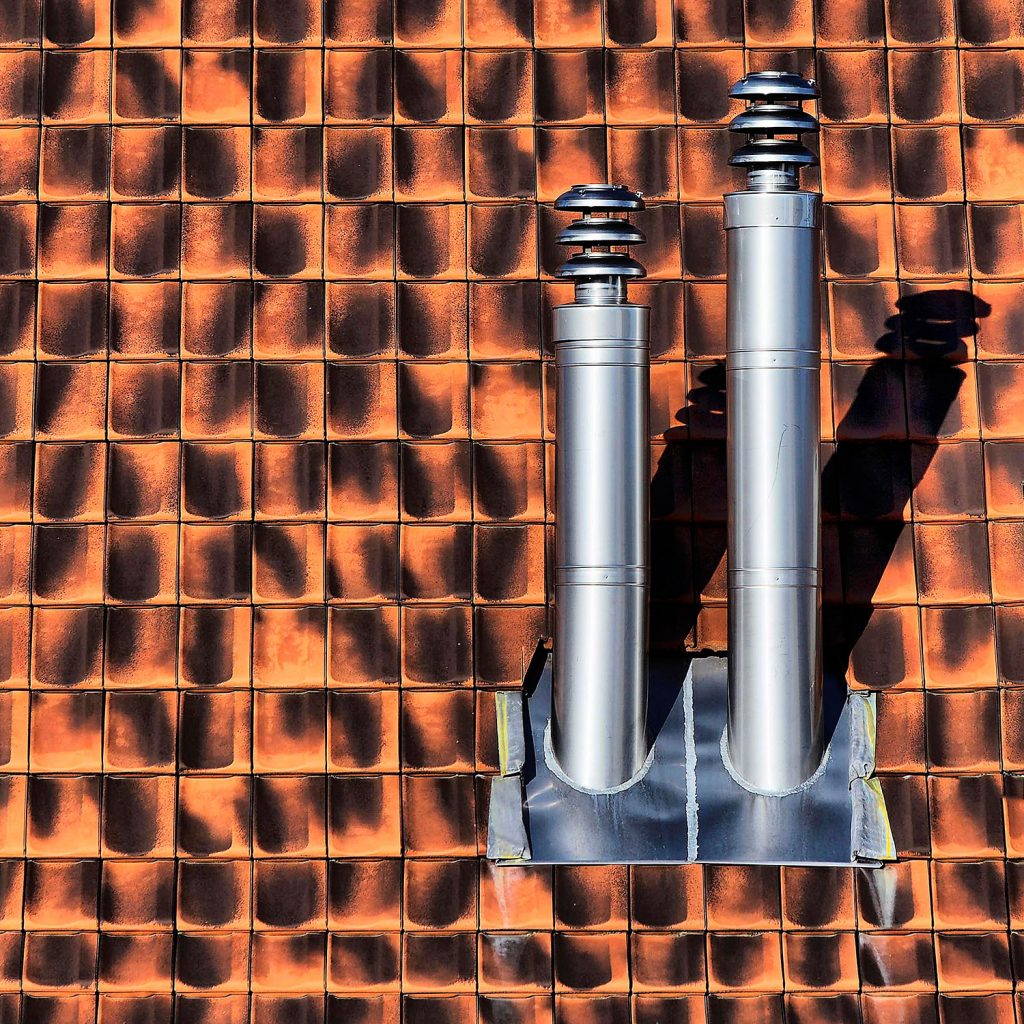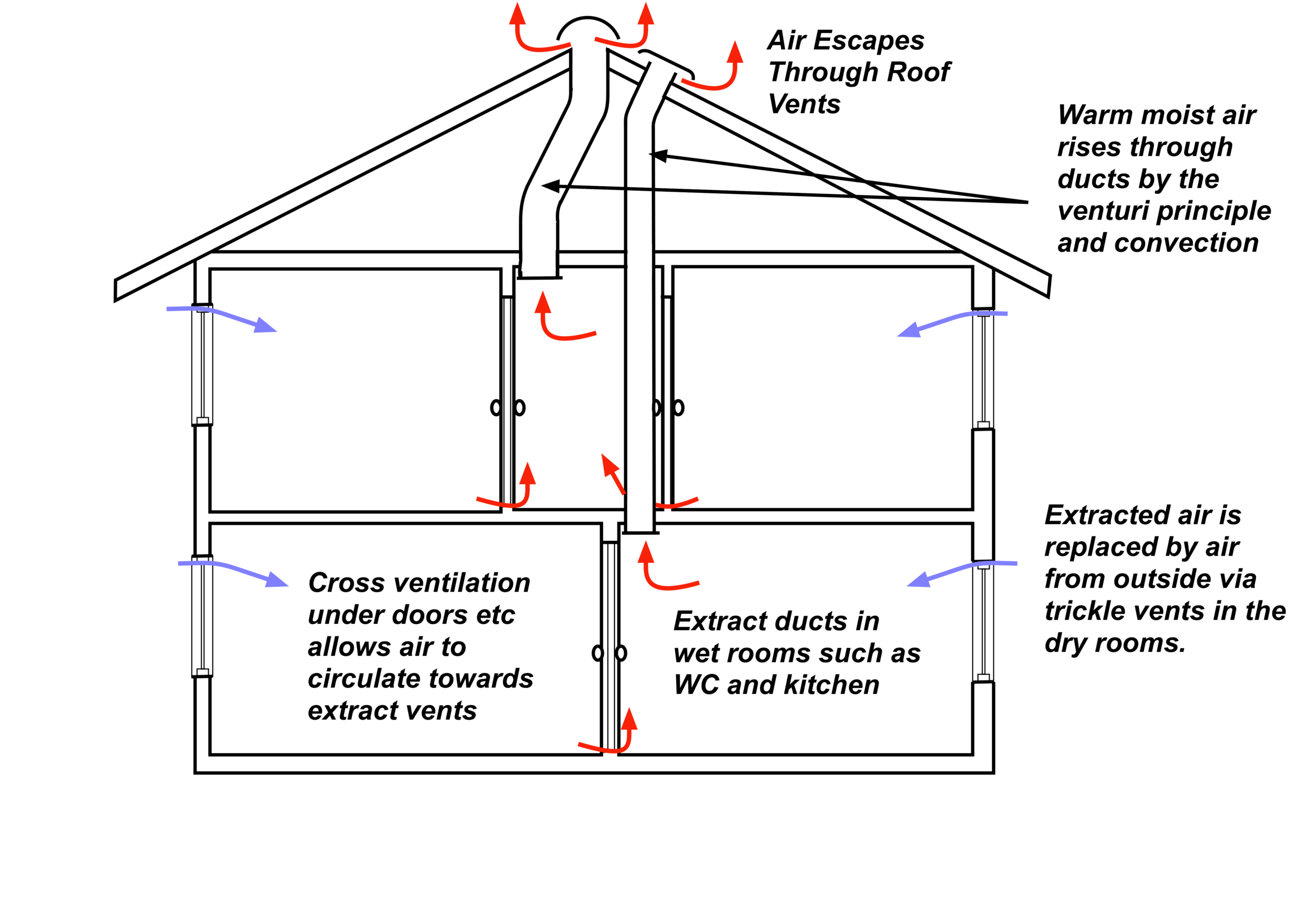

They’re connected to the stack with a sanitary cross. Common vent: Use a common vent between two fixtures installed on opposite sides of a wall, like back-to-back sinks.Because no water runs through it, it vents from the roof. It’s a vertical pipe attached to your drain line. True vent: This is the most common type.Here are the different types of vent pipes and where they’re usually located.
#Vent stack install
When you install a new plumbing fixture like a sink, you need to make sure it’s properly vented.
#Vent stack windows
It’s installed away from air conditioning systems and windows so those gases and odors don’t get back into your home. That’s why your plumbing vent pipe on your roof. This build-up of gases not only causes a foul odor, but it can also be dangerous. It’s common for such gases to flow from the sewer system into your home. Your plumbing vent’s second purpose is to remove sewer gases. Each plumbing fixture in your home requires air to move the water through the drainage pipes.

It prevents a vacuum that causes slow or no drainage.Ĭlean drain pipes can only do their job when the vent pipe works. Instead, it regulates the air in your plumbing system.Īlso called a vent stack or plumbing air vent, the vent pipe regulates airflow to assure waste and water flows through pipes that drain out of your house. A water or supply line brings the water in and lets you fill your sinks, bathtubs and washing machine.Ī plumbing vent pipe works alongside your drain pipes, except it doesn’t carry water. Drain pipes allow water and waste to flow out of your home and into the sewer system. When it comes to household plumbing systems, most people know drain pipes and supply lines. If you know what it is and how it works, you can better diagnose problems. The plumbing vent pipe is an important part of your home’s plumbing system. But your plumbing system actually plays a larger role than that. With about 2.53 people per household, that’s a lot of water flowing in and out.

Restoration can generally be completed in one day.Ĭontact US Pipelining today to learn more about their non-invasive pipe lining restoration methods.Did you realize your home has a plumbing vent system? Do you know what a plumbing vent pipe is? Here is information you need to know.Įach day, the average American uses between 80 to 100 gallons of water in their home. Using structural cured-in-place-pipe technology US Pipelining restores vent lines from the rooftop down without the need to inconvenience tenants or property dwellers. US Pipelining specializes in the non-invasive restoration & rehabilitation of all forms of vent stacks. Needless to say, without an effective, operational venting system there cannot be a proficient and operational sewer plumbing system. Vents provide a way to equalize the pressure on both sides of a trap, thereby allowing the trap to hold the water which is needed to maintain effectiveness of the trap, and avoiding “trap suckout” which otherwise might occur Vents also admit oxygen to the waste system to allow aerobic sewage digestion, and to discourage noxious anaerobic decomposition. Vents provide a means to release sewer gases outside instead of inside the facility. The venting system, or plumbing vents, consists of a number of pipes leading from waste pipes to the outdoors, usually through the roof. All plumbing waste fixtures use venting to prevent sewer gases from leaking into the house.
#Vent stack free
Vent systems maintain neutral air pressure in the drains, allowing free flow of water and sewage down drains and through waste pipes by gravity.


 0 kommentar(er)
0 kommentar(er)
